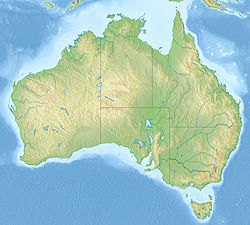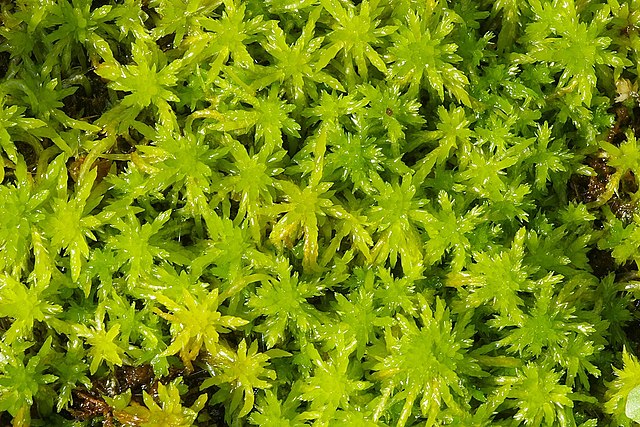Top Qs
Timeline
Chat
Perspective
Precipice Sandstone
Geologic formation in Australia From Wikipedia, the free encyclopedia
Remove ads
The Precipice Sandstone an Early Jurassic (Sinemurian to early Pliensbachian, with possible Hettangian levels) geologic formation of the Surat Basin in New South Wales and Queensland, eastern Australia, know due to the presence of abundant vertebrate remains & tracks.[1][2][3] This unit includes the previously described Razorback beds.[4] This unit represents a major, almost primary, source of hydrocarbons in the region, with a Potential CO2 reservoir of up to 70m.[5] It was deposited on top of older sediments, like Bowen Basin units, in an unconformable manner, resting along the eastern basin margin and the Back Creek Group in the southern Comet Platform, while in other areas it directly overlies the Triassic Moolayember Formation & Callide Coal Measures, being deposited in a comparatively stable basin.[3] Isopach maps of the Precipice Sandstone indicate two distinct areas of sediment accumulation, suggesting two separate depocentres filled from different source regions during the Sinemurian, with the Thomson orogeny and New England Orogen hinterlands as possible ones.[6] This unit represented a fluvial-palustrine-lacustrine braided channel north-flowing succession, that seem to have debouch into a shallow restricted tidal/wave influenced marine embayment, marked at areas like Woleebee Creek.[7] Paleoenvironment-wise, it represents a hinterland rich in vegetation, hinting at wet environments like swamps, where agglutinated foraminifera suggests marine flooding and drier conditions or the encroachment of seawater onto coastal areas.[8]
Remove ads
Fireclay Caverns
Summarize
Perspective

The Fireclay Caverns were excavated by the Mount Morgan Mine to provide clay for its brickworks resulting in very large openings that measure between 4–12 metres in height from the cave floor.[9] Excavation of the caverns ceased when the mine brickworks were decommissioned in the early 1900s.[10] Erosion revealed dinosaur footprints (preserved as infills) being discovered in 1954.[10] To date, nine different ceiling sections of the Fireclay Caverns have been recognised as containing dinosaur footprints. These have been dated to the Early Jurassic (Sinemurian) ~195 million years ago.[9] Walkways and stairs had been constructed in 2010 to provide access to the dinosaur footprints[11] as part of the mine site tours. The site was closed to access in 2011 due to ceiling erosion posing a significant risk to public safety.[9]
The Fireclay Caverns were excavated to supply clay to brickworks of the Mount Morgan Mine. Clay was mined from within the caverns by pick and shovel, then transferred by underground rail to a brickworks lower in the Mount Morgan Mine site. Excavation from the caverns ceased when their clay was no longer required by the mine. After cavern excavations ceased, clay progressively fell from the cavern ceilings, revealing rock ceilings above. In 1954, HRE Staines, a Mount Morgan Limited geologist, identified dinosaur footprints in the rock ceilings.[10][12] Over 300 such footprints have been identified on the cavern ceilings dated to the Early Jurassic (Sinemurian) ~195 million years ago.[13][14] 2024 represents the 70th anniversary of when Ross Staines published Australia's first dinosaur trackway-consisting of four footprints.[10][14] To celebrate, previously unpublished archival photographs (c. 1954) enabled a re-examination of Staines' original trackway, from which two additional footprints were revealed.[15] Analyses indicated the trackmaker exhibited a walking gait, initially walking at ~3.8 km/h and then slowed to 1.8 km/h in association with a slight turn in direction.[15]
After cavern excavations ceased, a colony of bent-wing bats began inhabiting the caverns. The sections of the caverns containing the bats are inaccessible to protect the bat habitat.
Remove ads
Biota
Summarize
Perspective
Invertebrates
Vertebrata
Bryophyta
Lycophyta
Pteridophyta
Pteridophyta
Peltaspermales
Conifers
Remove ads
See also
References
Wikiwand - on
Seamless Wikipedia browsing. On steroids.
Remove ads





















